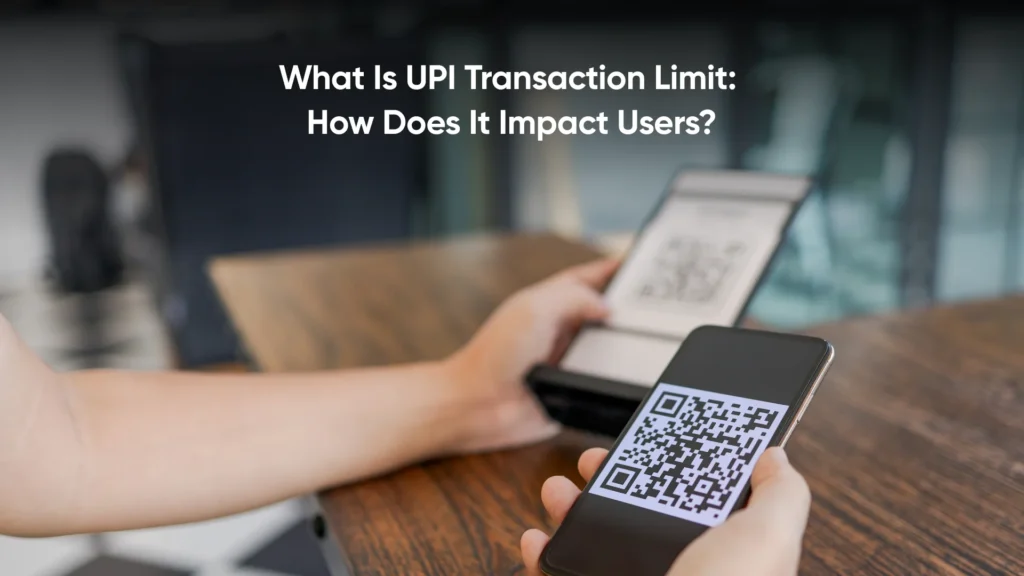Peer to Peer (P2P) Lending – Features, Working, Benefits and How to Apply?

An individual may require small loans but they may fall short of credit or they may come from low-income groups. In such cases, it is a good option to consider P2P lending platforms as they offer low interest rates and quick access to funds.
Unlike traditional banks, the application is easy and paperless, and the instant personal loan amount gets deposited directly into the borrower’s account.
Table of Contents
ToggleHow Does Peer-to-Peer Lending Work for Borrowers?
Peer-to-peer (P2P) lending platforms in India have revolutionized the borrowing process by directly connecting borrowers with lenders. P2P are online platforms that give quick access to funds. For a borrower, the process works as follows:
Registration: Register on the selected P2P lending platform with details like loan amount, and your preferred interest rate.
Listing: Once registration is approved, the borrower can start listing and state loan requirement reasons.
Approval: The lenders go through listings and connect with borrowers to invest. Once the borrower’s application is evaluated, the lender approves the loan. After approval, the loan amount gets deposited in the borrower’s account.
Repayment Terms: One of the advantages of P2P lending is the flexibility in repayment. The borrower can repay the instalment as per agreed-upon terms with the lender, making the process smooth.
Key Features and Benefits of Peer-to-Peer Lending
Features of Peer-to-Peer Lending:
P2P lending is a system that allows direct lending to individuals. P2P platforms allow lenders and borrowers to connect directly. Lenders are individuals who want to invest and earn returns on their investments.
P2P platforms are helpful for individuals or businesses that may not have access to traditional banks. When you are looking for funds or looking to grow your investments, P2P lending offers a flexible solution.
The Reserve Bank of India (RBI) regulates every peer-to-peer platform in India, which ensures a secure and trustworthy environment for both borrowers and lenders.
Benefits of Peer-to-Peer Lending:
- Getting a loan on a peer-to-peer platform is quick. The borrower needs to register on a platform and start listing their loan requirement.
- The application is hassle-free and once the application gets approved, the loan directly gets deposited in the borrower’s account.
- In comparison to traditional banks, where one requires a lot of paperwork, peer-to-peer platforms offer a paperless and quick loan disbursal.
Risks Associated with P2P Lending
Default Risk: There is a risk of borrowers defaulting on their payments, as in the case of, any lending platform. Investors may therefore find it risky and may not receive a return on their investments.
Limited Regulation: Since P2P lending in India has limited regulatory framework.
Limited Disclosure: Many P2P lending platforms lack transparency and are susceptible to fraudulent activities. Due to this, it becomes difficult for lenders to assess the risk factor of the borrower. Additionally, there can be cases of fake lenders or borrowers. Thus, it becomes crucial to exercise caution.
Also Read: Top 12 Signs of a Fake Loan App in India
Eligibility Criteria for P2P Lending
Eligibility criteria vary across lender platforms. Common eligibility criteria include:
While eligibility requirements can vary between lenders, some common criteria include:
Indian Citizenship: You must be a citizen of India to apply.
Age Requirement: Applicants must be at least 21 years old.
Employment Status: Both salaried individuals are eligible.
P2P lending is available to anyone who wants to take a loan. P2P lending is beneficial for individuals or businesses who have no other option for securing credit. People with bad credit or those from low-income categories are typically drawn to it. The final decision on loan approval lies with the lender.
Documents Required for P2P Lending
The documents required vary as per the P2P lender platform.
Photo ID Proof: Aadhar Card, PAN Card
Address Proof: Electricity Bill, Voter ID
Income Proof: 3 months salary slip or 6-month bank statement (salaries), 2-year ITR (self-employed)
Comparison: P2P Lending vs Traditional Lending
Feature | P2P Lending | Traditional Lending |
Platform | P2P lending platforms like Faircent and Lendbox operate entirely online | Traditional lending is handled through banks and NBFCs |
Loan Approval | Quick and hassle-free loan approval. | Slow and has strict background and credit checks |
Paperwork | Requires no paperwork and the entire process is done online | Requires a lot of documents and approval takes time |
Accessibility | Individuals with low credit score or from low-income groups | Good option for individuals with good credit history. |
Interest Rates | Lower interest rates as compared to other lending options. | Usually higher interest rates, include bank overheads. |
Loan Amount | Best option for taking small loans. | Traditional lending is a good option for opting for a higher loan amount. |
Pros and Cons of P2P Lending
Pros | Cons |
Easy and accessible option for anyone wanting a small loan. | Cases of borrowers defaulting on payments pose a risk to the lender |
Interest rates on P2P platforms are often lower, providing affordable borrowing options. | P2P platforms are still limited in India, offering fewer choices for borrowers and lenders. |
Investor gets higher returns as compared to keeping money in FDs (fixed deposit) or savings account | P2P platforms are susceptible to data privacy, frauds, and shutdowns despite RBI regulation |
Quick access to funds leading to financial relief in a crisis or business opportunity | |
P2P platforms are a great option for small businesses, first-time borrowers and individuals from rural regions |
Successful P2P Lending Platforms in India
P2P lending platforms in India are regulated by the RBI. A few of the P2P lending platforms in India are as:
Lendbox: It was founded in 2015 and received its lending license in 2018 from RBI. Lendbox aims to modernise debt investments and make them accessible to small ticket sizes. They are investor-focused and enable their investors to earn high returns consistently.
Faircent: Faircent has one of the largest number of investors. It was also the first P2P lending platform to receive a Certificate of Registration from RBI. It aims to ease borrowing by keeping interest rates at a minimum and making it accessible to a wider demographic.
Finzy: It is another P2P lending platform in India that offers quick loans at competitive interest rates. It offers flexible repayment options with no penalty charges. It offers a safe and transparent experience.
Also Read: How to Choose Best Personal Loan Lender – Top 8 Reasons
Steps to Apply for a Peer-to-Peer Loan
To get a peer-to-peer loan, follow the steps given below:
Step 1: Decide on the peer-to-peer loan lender platform available in your region. Go on their official website and register yourself. Or there may be an option to download the lender app and directly connect with the lender.
Step 2: Fill in all the necessary personal details, credit history, employment proof etc. This information is helpful to get lower interest rates on loans.
Step 3: Once the loan application is approved, the borrower may make a listing of the loan amount, the reason for the loan and the preferred interest rate.
Step 4: Lenders can check all the listings and decide on the borrower, they want to lend the money to.
Step 5: The borrower receives the loan amount directly from the P2P platform once the loan gets funded.
Step 6: The borrower repays the loan through the P2P platform and these payments are directly disbursed to the lender account
Conclusion
Peer-to-peer lending is a great option for individuals seeking small loans. The lending platform directly connects lenders to borrowers, eliminating any intermediaries. P2P platforms provide a hassle-free experience and quick access to funds. They offer low interest rates and flexible loan repayment plans. While P2P platforms are regulated by RBI they are still limited in India. It is advisable to exercise caution before making any lending or borrowing decision.
Frequently Asked Questions
Yes, P2P lending is legal in India and is regulated by the RBI.
To ensure your investments are safe in P2P lending, choose a reputable platform. Verify the borrowers’ backgrounds. Make sure to monitor and diversify your investments.
Few examples of P2P lending platforms are LendBox and Faircent.
Investing in P2P lending gives easy returns and can be a passive source of income. An investor can easily manage their investments on P2P lending platforms. It also gives investors asset liquidity since the loan tenure is between 3 months to 36 months.
Few of the best peer-to-peer lending platforms in India are Lendbox, LenDen Club, Faircent, Mobikwik Xtra, Finzy, CRED Mint, Fello etc.
The processing fees charged by the peer-to-peer lender range between 1-10% of the loan amount.
You can use a P2P loan for various purposes such as consolidating debt, funding personal Expenses, Supporting Business Ventures, Or Covering Emergency Costs.
Yes, there is a tax applicable for any interest from P2P lending. If your income falls under the 20% tax bracket. 20% tax is deducted from P2P earnings.
Borrower limit: Minimum of ₹50000 to ₹10,00,000 for a single borrower. It should not exceed 10 lakhs from all lenders combined.
Lending limit: Maximum of ₹50000 lent to a single borrower. And not more than ₹10,00,00 across all platforms combined.













